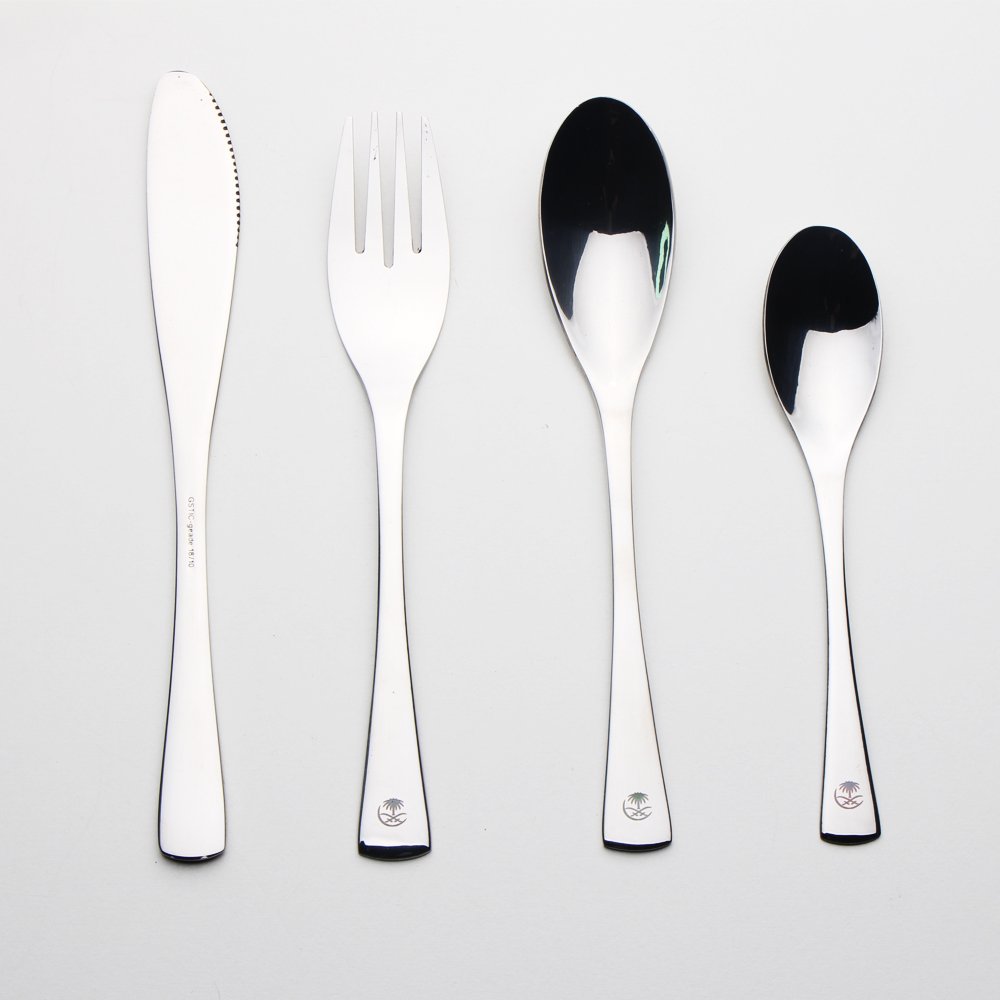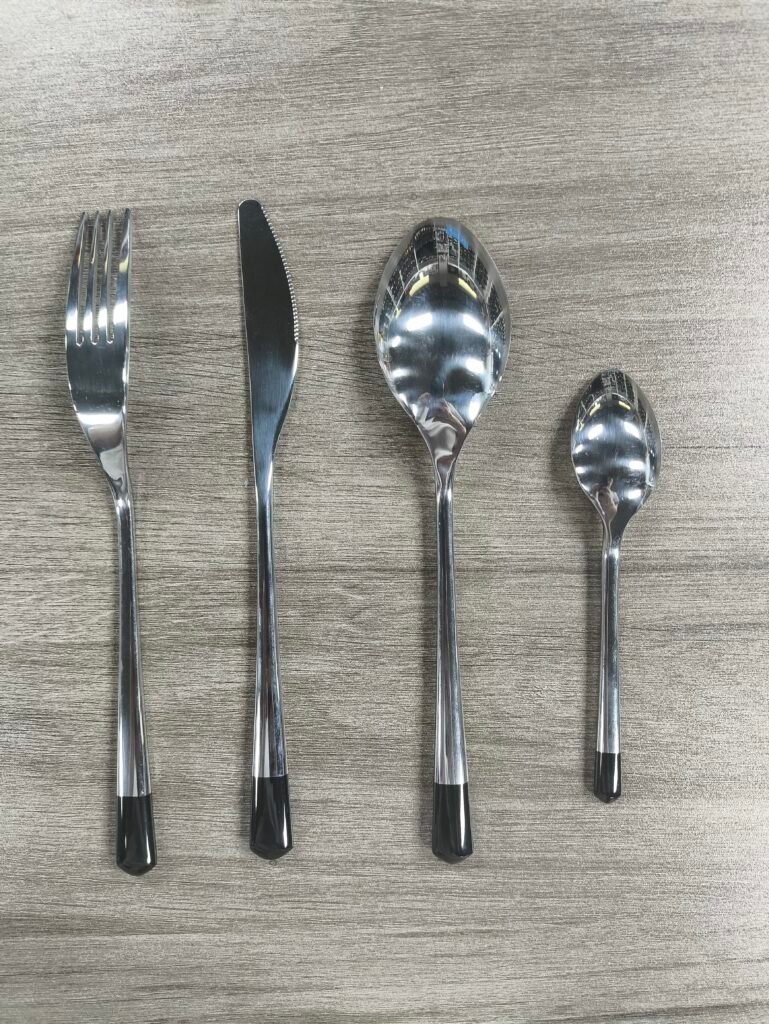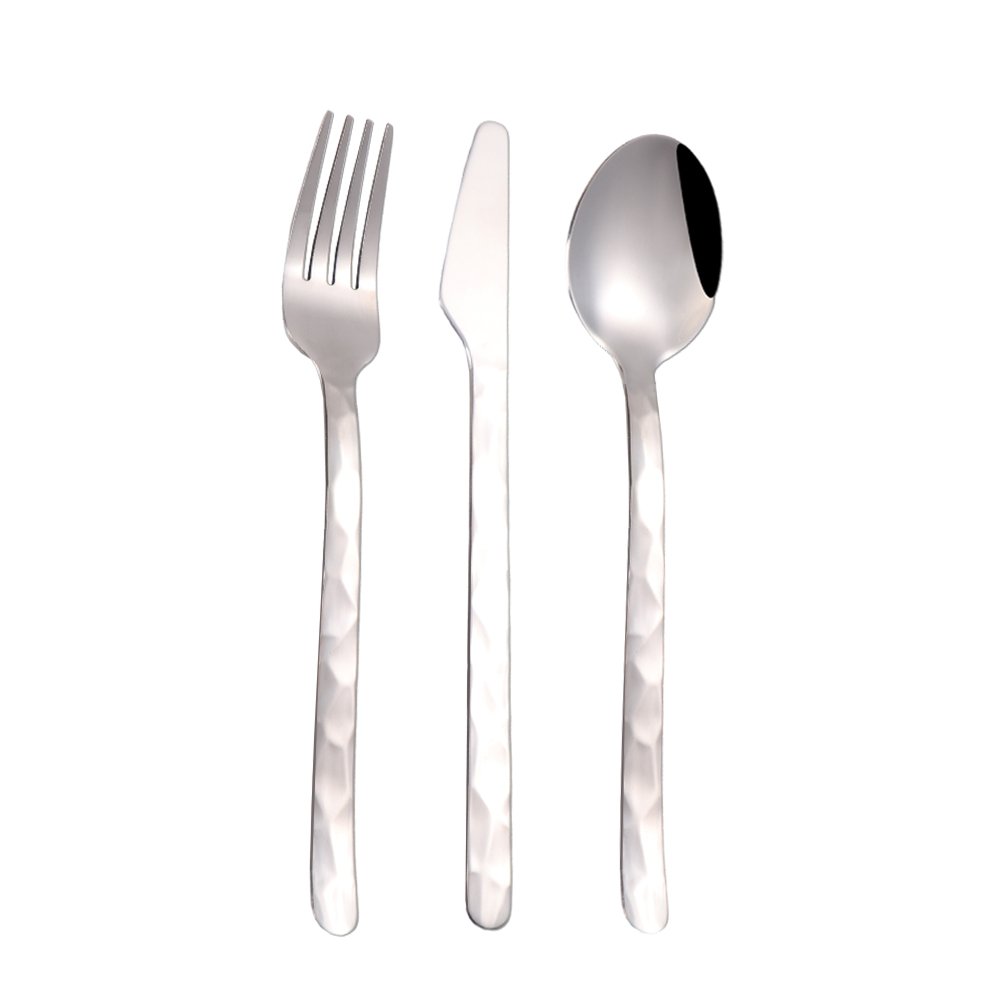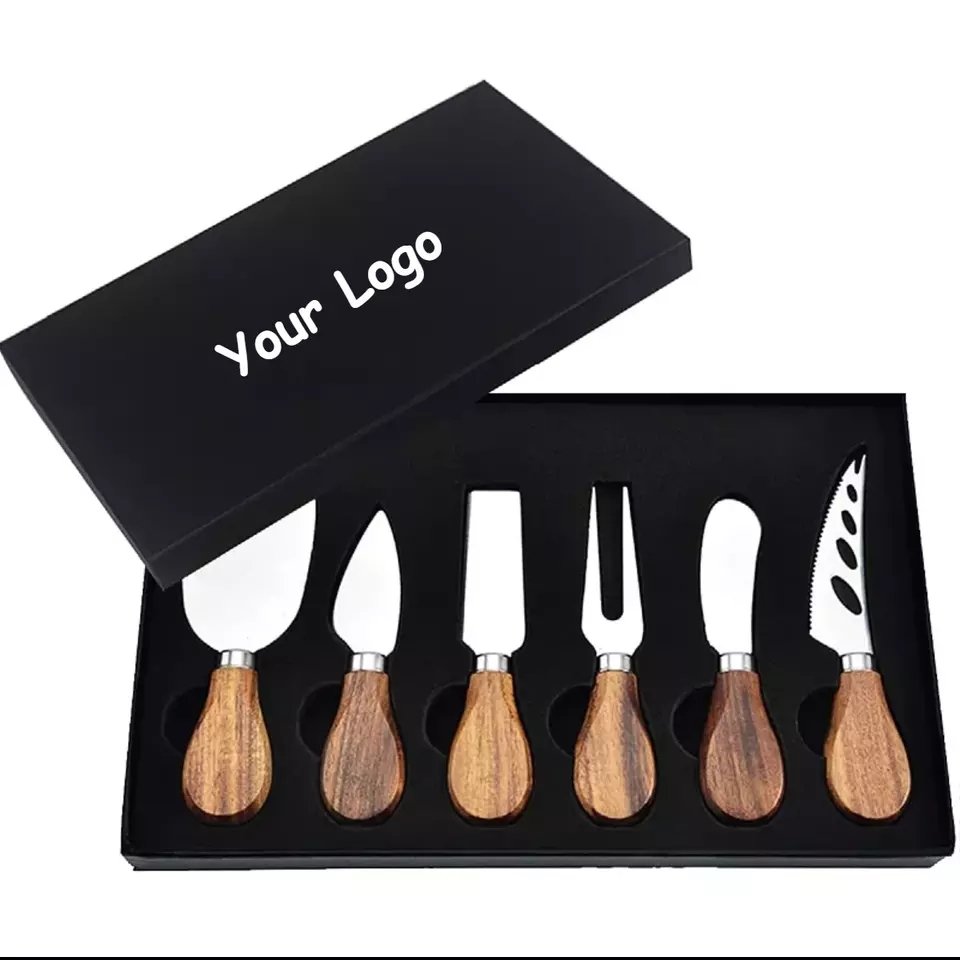Airline cutlery might seem like a harmless souvenir, but taking it can lead to unexpected consequences.
Taking airline cutlery is generally discouraged and may be considered theft, as these items are airline property.
While the temptation to keep a piece of your flight experience is understandable, it’s important to consider the implications. Let’s delve deeper into the specifics of airline cutlery and related travel regulations.
Table of Contents

Is it OK to take airline cutlery?
Taking airline cutlery as a keepsake might seem harmless, but it can be problematic.
Airline cutlery is the property of the airline, and taking it without permission may be considered theft.
Understanding Airline Policies
Airlines invest in quality cutlery for their services, and these items are intended for reuse. Removing them disrupts inventory and increases costs. While some passengers have taken items without issue, it’s not a practice endorsed by airlines. Always consider asking the flight crew if you’re interested in keeping a piece as a souvenir.
Can you bring cutlery on an airplane?
Bringing your own cutlery is generally allowed, but with restrictions.
Non-sharp utensils like plastic or wooden forks and spoons are permitted in carry-on luggage; sharp knives are prohibited.
TSA Guidelines on Utensils
According to the TSA, passengers can bring utensils in their carry-on bags, provided they are not sharp. Plastic or wooden utensils are typically acceptable. However, metal knives, especially those with sharp blades, are not allowed in carry-on luggage. It’s advisable to check the specific regulations of your departure and arrival airports, as rules can vary.
Can I take steel utensils in flight?
Steel utensils are subject to scrutiny during security checks.
Steel forks and spoons may be allowed in carry-on luggage, but steel knives are prohibited.
Navigating Metal Utensil Regulations
While the TSA permits metal forks and spoons in carry-on bags, steel knives are not allowed due to security concerns. If you need to travel with steel utensils, it’s best to pack them in your checked luggage. Always ensure that any utensils you bring comply with airline and TSA regulations to avoid delays or confiscation.
Can I bring a kitchen knife in my carry-on?
Bringing a kitchen knife in your carry-on is not permitted.
All knives, regardless of size, are prohibited in carry-on luggage and must be placed in checked baggage.
Safety Measures and Compliance
The TSA strictly prohibits knives in carry-on bags to ensure passenger safety. If you need to transport a kitchen knife, securely wrap it and place it in your checked luggage. This policy helps prevent potential threats and maintains a safe environment for all passengers.
Can you bring forks on carry-on luggage?
Yes, but with considerations.
Non-sharp forks, especially those made of plastic or wood, are generally allowed in carry-on luggage.
Assessing Fork Safety
While forks are typically permitted, their design matters. Forks with sharp or pointed tines may be scrutinized or confiscated during security checks. To avoid issues, opt for travel-friendly utensils designed for portability and safety.
What is not allowed to carry-on a plane?
Certain items are strictly prohibited in carry-on luggage.
Prohibited items include sharp objects, large liquids, flammable materials, and certain sporting equipment.
Understanding Restricted Items
The TSA provides a comprehensive list of items not allowed in carry-on bags. Common prohibited items include:
– Sharp objects (e.g., knives, scissors over 4 inches)
– Liquids over 3.4 ounces (100 milliliters)
– Flammable items (e.g., lighter fluid)
– Sporting equipment (e.g., baseball bats)
Always consult the TSA’s official guidelines before packing to ensure compliance.
Can metal go through airport security?
Metal items can pass through security but may trigger detectors.
Metal objects are allowed but may require additional screening during security checks.
Navigating Metal Detection
Items like keys, coins, and belt buckles often set off metal detectors. To expedite the screening process, place metal items in your carry-on bag or designated bins before passing through security. Be prepared for potential pat-downs or additional screening if metal items are detected.
What size knife can you carry-on a plane?
No knives are allowed in carry-on luggage, regardless of size.
All knives must be placed in checked baggage, as they are prohibited in carry-on bags.
Ensuring Compliance with Knife Regulations
The TSA does not permit any knives in carry-on luggage to maintain safety standards. This includes small pocket knives and multi-tools with blades. If you need to travel with a knife, ensure it’s securely packed in your checked baggage and complies with airline regulations.
Understanding and adhering to airline and TSA regulations ensures a smooth travel experience. Always check the latest guidelines before packing to avoid complications.
How to Choose the Best Airline Cutlery Supplier in China?
Choosing the right supplier can make or break your inflight experience. Let’s explore the factors that matter most.
The best suppliers offer not just quality, but reliability, flexibility, and innovation.
The Importance of a Reliable Supplier
Many airlines face issues like delayed shipments or inconsistent quality. A reliable Chinese supplier ensures you get your cutlery on time and up to your standards.
Factors to Consider When Choosing
Here’s a table outlining key factors:
| Feature | 18/0 Stainless Steel | 18/10 Stainless Steel |
|---|---|---|
| Nickel Content | 0% | 10% |
| Cost | Lower | Higher |
| Magnetic | Yes | No |
| Corrosion Resistance | Fair | Excellent |
| Shine | Less shiny | More shiny |
My Experience with Chinese Suppliers
In my years of working in the cutlery industry, I’ve seen how crucial it is to vet suppliers carefully. One time, an airline client switched to a new supplier without checking their certifications. The result? An entire shipment had to be recalled because of substandard quality. That’s why I always recommend doing due diligence before signing any deal.

The Complete Guide to Customizing Airline Cutlery for Your Brand
Every airline wants to leave a lasting impression. One simple way to achieve that is through customized cutlery that reflects your brand’s identity.
Customizing cutlery goes beyond just adding a logo—it’s about creating an experience that passengers remember.
Step 1: Understand Your Brand and Passenger Demands
Before designing your cutlery, think about what your brand represents. Are you a premium airline that values elegance and luxury? Or do you focus on comfort and practicality? Understanding your brand helps you decide on the material, shape, and color.
Step 2: Choose the Right Materials
Different materials offer different aesthetics and durability. Here’s a quick table to help:
| Material | Benefits | Ideal For |
|---|---|---|
| Stainless Steel | Durable, corrosion-resistant | Long-haul flights, premium cabins |
| Plastic Composite | Lightweight, cost-effective | Short flights, economy cabins |
| Bamboo or Wood | Eco-friendly, unique texture | Sustainability-focused airlines |
Step 3: Design and Logo Placement
Consider how you want your logo to appear. Do you want it engraved, embossed, or printed? Work with your supplier to ensure the design is clear and consistent across all pieces.
Step 4: Sample Testing
Never skip the sample stage. Testing ensures your cutlery not only looks good but also meets practical needs—like ease of use and resistance to wear.
My Advice on Customization
I remember working with a client who initially wanted a simple logo placement. After seeing the first samples, they realized they could elevate their brand even further by choosing a custom handle shape and a matte finish that aligned with their premium feel. This small change significantly boosted the perceived value of their in-flight service.

Top Trends in Airline Cutlery Design and Manufacturing (2025)
The airline industry is constantly evolving, and so is the humble cutlery that serves millions of passengers every year. Staying updated on these trends helps you choose the right supplier and delight your passengers.
As a cutlery manufacturer, I’ve seen these trends firsthand—let me show you what’s shaping the future of airline cutlery.
How These Trends Shape the Passenger Experience
Eco-friendly Materials on the Rise
Environmental responsibility is more than a trend; it’s a necessity. Airlines and passengers want sustainable products that don’t sacrifice quality.
Multi-functional Cutlery
Today’s cutlery is designed to do more—like folding sporks and ergonomically designed handles that make dining easier in the air.
Custom Colors and Branding
Customization is no longer an option; it’s an expectation. Airlines want cutlery that matches their brand colors and reinforces their identity.
| Trend | Description | Impact for Airlines |
|---|---|---|
| Eco-friendly materials | Bamboo, recycled plastics, lightweight stainless | Reduced waste and environmental footprint |
| Smart ergonomics | Curved handles, nesting designs | Enhanced comfort, space-saving |
| Premium finishes | Matte, brushed, or colored coatings | Premium feel that elevates brand image |
| Personalization | Logo engravings, custom shapes | Stronger brand loyalty and recall |
My Experience Bringing Trends to Life

In 2024, I worked with an airline that wanted a complete redesign of their economy-class cutlery. Their goal? Make passengers feel like they were dining at home—even at 30,000 feet. We tested several shapes, tried bamboo handles, and finally settled on a matte stainless steel set with subtle branding. The result? Their customer satisfaction scores improved by 12%.
I learned that passengers notice the smallest details. A comfortable grip, a spoon that doesn’t slip, a fork that feels balanced—these details shape their overall in-flight experience. I always encourage my airline clients to think beyond price when choosing cutlery. Focus on ergonomics, sustainability, and design. In the end, it’s these “small” details that keep passengers coming back.
Why Choose Chinese Airline Cutlery?
Choosing the right supplier for your airline cutlery is critical. Many airlines overlook how the origin of their cutlery impacts quality, cost, and delivery reliability.
Chinese manufacturers offer a unique combination of skilled craftsmanship, advanced technology, and cost-effective production that few other countries can match.
What Makes Chinese Airline Cutlery Manufacturers Stand Out?
Advanced Manufacturing Capabilities
China has invested heavily in modern manufacturing technologies. From precision stamping to high-quality finishing techniques, Chinese factories produce cutlery that meets strict international airline standards.
Cost Efficiency Without Compromise
Chinese suppliers leverage economies of scale and efficient supply chains. This means airlines get superior products at competitive prices. You don’t have to sacrifice quality to save money.
| Advantage | Description | Benefit for Airlines |
|---|---|---|
| Modern production lines | Automation and skilled labor | Consistent product quality and volume |
| Economies of scale | Large-scale raw material sourcing | Lower material and manufacturing costs |
| Flexible customization | Capable of custom designs and packaging | Tailored branding to enhance airline image |
| Strong logistics network | Efficient export processes and global shipping | Reliable, timely delivery worldwide |
Reliable Supply Chain and Support
Chinese manufacturers prioritize timely delivery and after-sales support. Many have long-term partnerships with airlines worldwide, ensuring smooth communication and trust.
My Personal Insight
Having worked closely with several Chinese suppliers over the years, I can vouch for their professionalism and dedication. One airline client praised our responsiveness and the supplier’s ability to meet urgent orders without quality loss. This reliability gives airlines peace of mind in their procurement process.
To sum up, Chinese airline cutlery manufacturers provide a competitive edge by combining quality, affordability, and reliable service — all crucial for airlines aiming to impress passengers and maintain efficient operations.
How to Choose the Best Airline Cutlery Supplier in China?
Selecting the right supplier for airline cutlery can be overwhelming with so many options. Making the wrong choice risks poor quality, delivery delays, and brand damage.
The key is knowing what criteria matter most — quality standards, customization ability, production capacity, and reliable communication.
Key Factors to Evaluate When Choosing a Supplier
Quality Certifications and Standards
Look for suppliers with ISO certifications and compliance with airline industry standards such as FAA and IATA guidelines. This ensures the cutlery meets strict safety and hygiene requirements.
Customization Capabilities
Your supplier should be able to produce cutlery that fits your airline’s branding and passenger needs. This includes engraving logos, custom packaging, and even ergonomic designs tailored for in-flight use.
| Factor | What to Check | Why It Matters |
|---|---|---|
| Quality certifications | ISO 9001, ISO 14001, food safety standards | Guarantees consistent product quality |
| Production capacity | Minimum order quantity, lead times | Avoid delays during peak demand |
| Customization options | Logo engraving, color options, packaging | Strengthens brand identity |
| Communication responsiveness | Timely replies, clear process explanation | Smooth cooperation and problem-solving |
Price Transparency and Terms
Transparent pricing avoids hidden fees and surprises. Also, confirm payment terms, warranty policies, and after-sales support upfront.
My Experience Choosing Suppliers
In my years in the cutlery industry, I’ve found that working with suppliers who communicate openly and offer factory tours builds trust. I advise airlines to visit the factory or request samples before finalizing any deal. This hands-on approach prevents costly mistakes and ensures the final product aligns with expectations.
By focusing on these factors, airlines can secure a partner that not only delivers quality cutlery but also enhances their overall brand experience.





